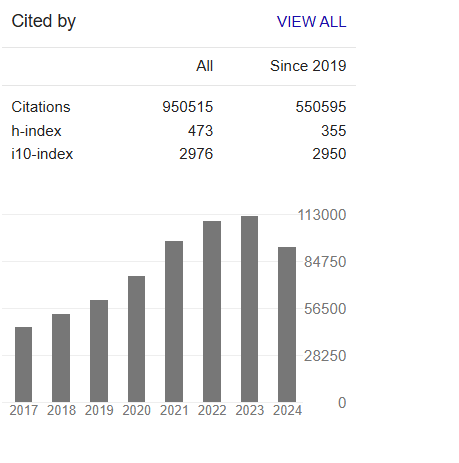Seed Oil Content and Variability of Some Provenance of Jatropha Curcas Population in Ethiopia
Abstract
Reta Eshetu Tsedeke, Mesafint Minale, Abeje Tedila
Background Jatropha curcas (L.) is drought resistant large shrub or small tree. It belongs to the genus Jatropha and the family Euphorbiaceae. It is native to tropical America, but now found abundantly in many tropical and sub-tropical regions. Jatropha curcas (L.) is one of the important species that bear seed containing oil with a potential use as biodiesel. The objective of this research is to estimate the seed oil content and variability for some tree morphological traits of Jatropha curcas population in Ethiopia.
Methodology Fourteen Jatropha curcas populations were collected at different parts of Ethiopia. Sixteen plants per plot were planted at Shewarobit site in randomized complete block design with three replications. Data on survival rate, number of branches, seed yields and growth parameters were collected from those plants.
Results The result showed that a survival rate of 85-100%, average root collar diameter was 11cm and plant height of 235 cm were recorded at the age of 39 months after planting. Different traits of Jatropha curcas indicated statistically no significant difference (p>0.05). However, slightly higher seed and oil yield (k.g/ha/year) 3016.0 & 111169.8, 2711.3 & 91235.25 were found from Chefa and R1-009 seed sources, respectively.
Conclusions Even if, there was no significant difference observed among seed sources. Hence, Chefa and R1-009 collections have slightly greater yield both in seed and oil yields. So they should be chosen for future seed sources to produce crude oil due to their relative higher seed number and oil yield.



